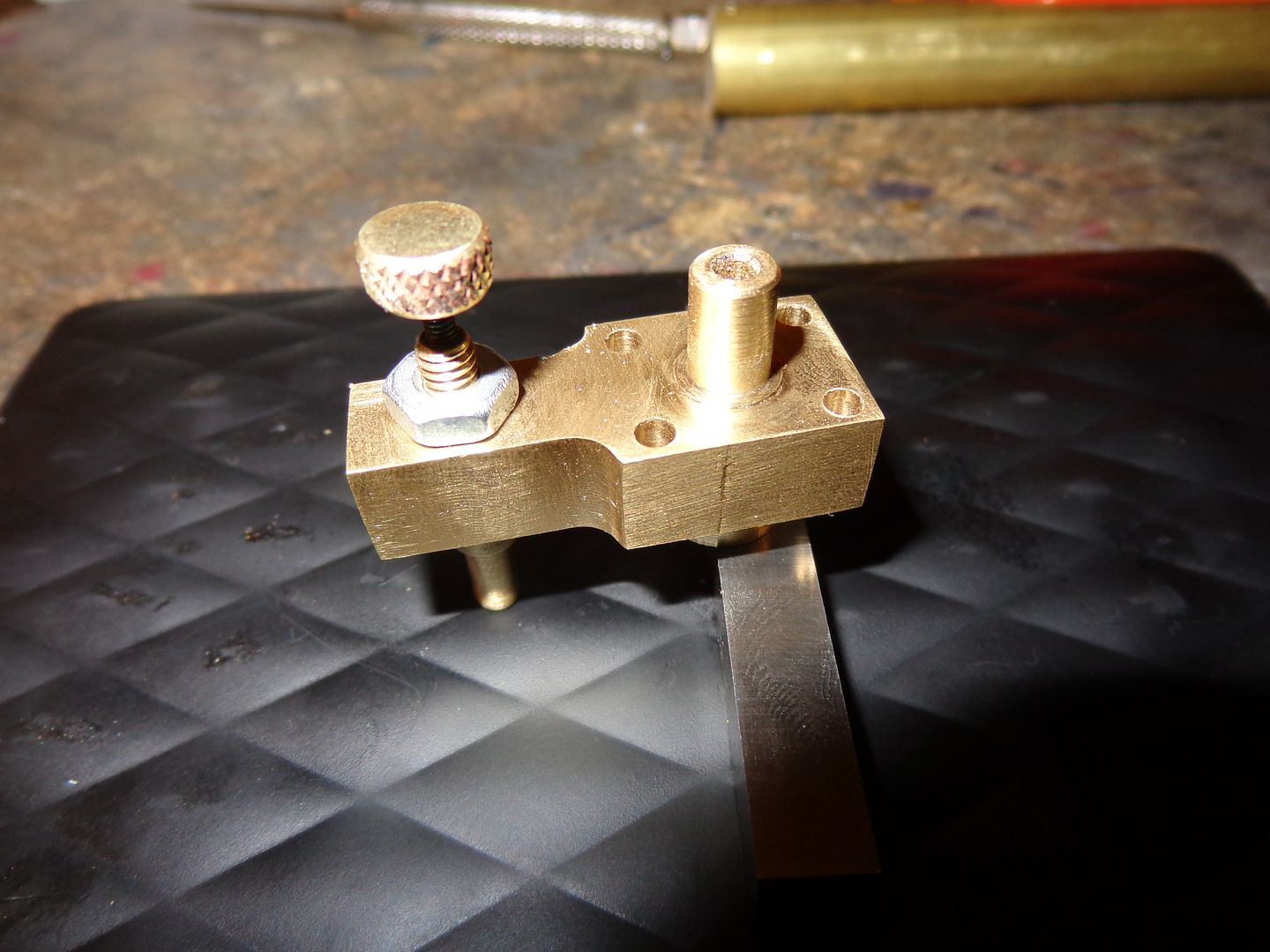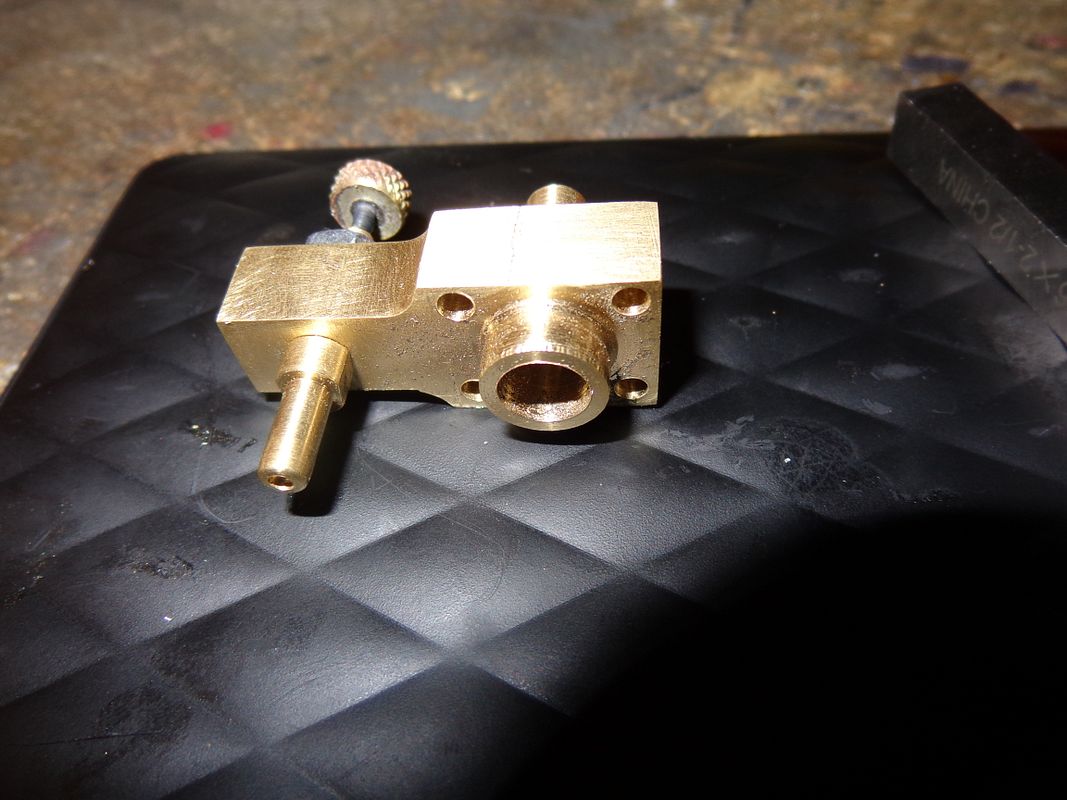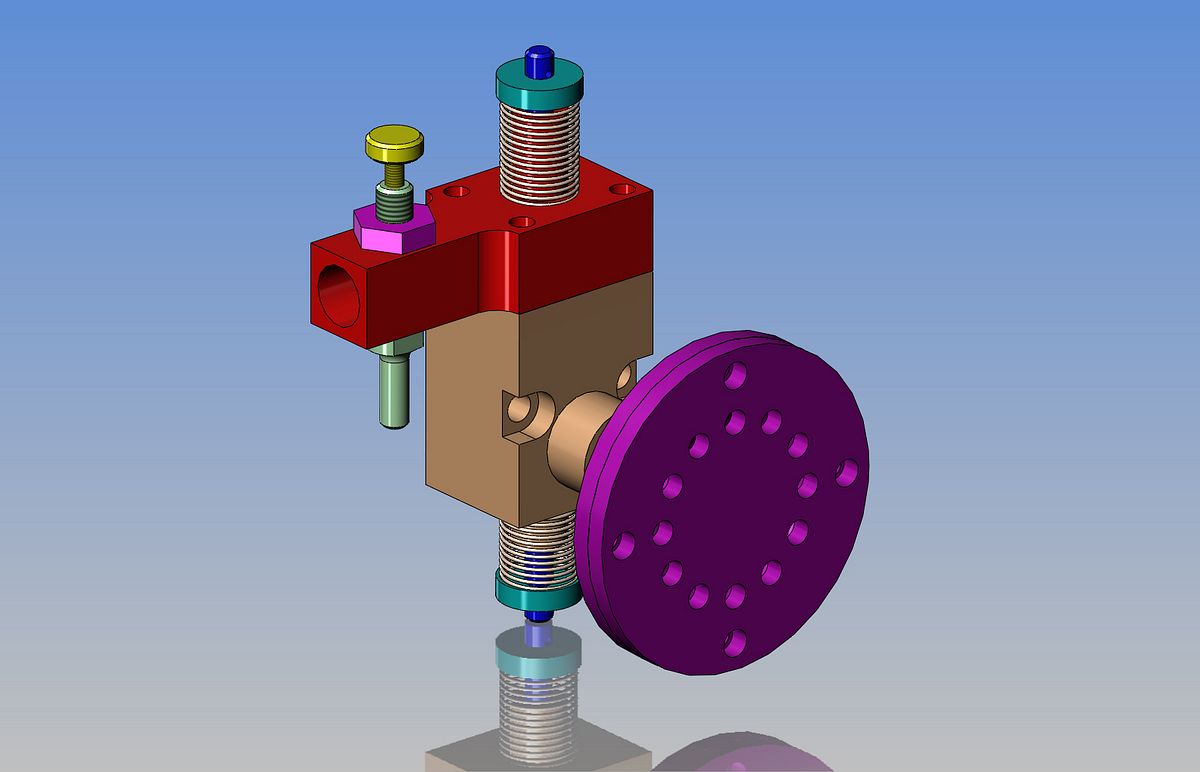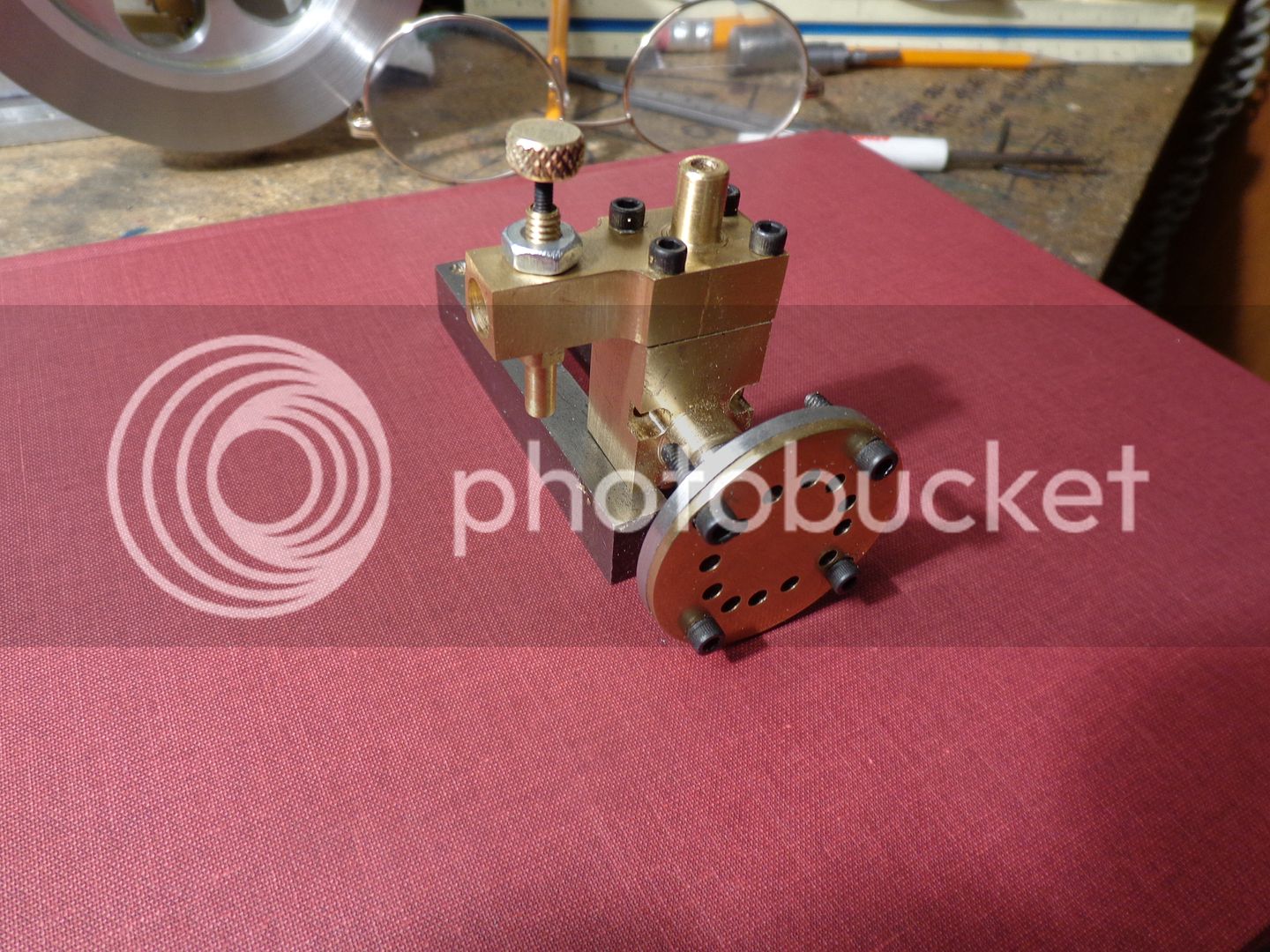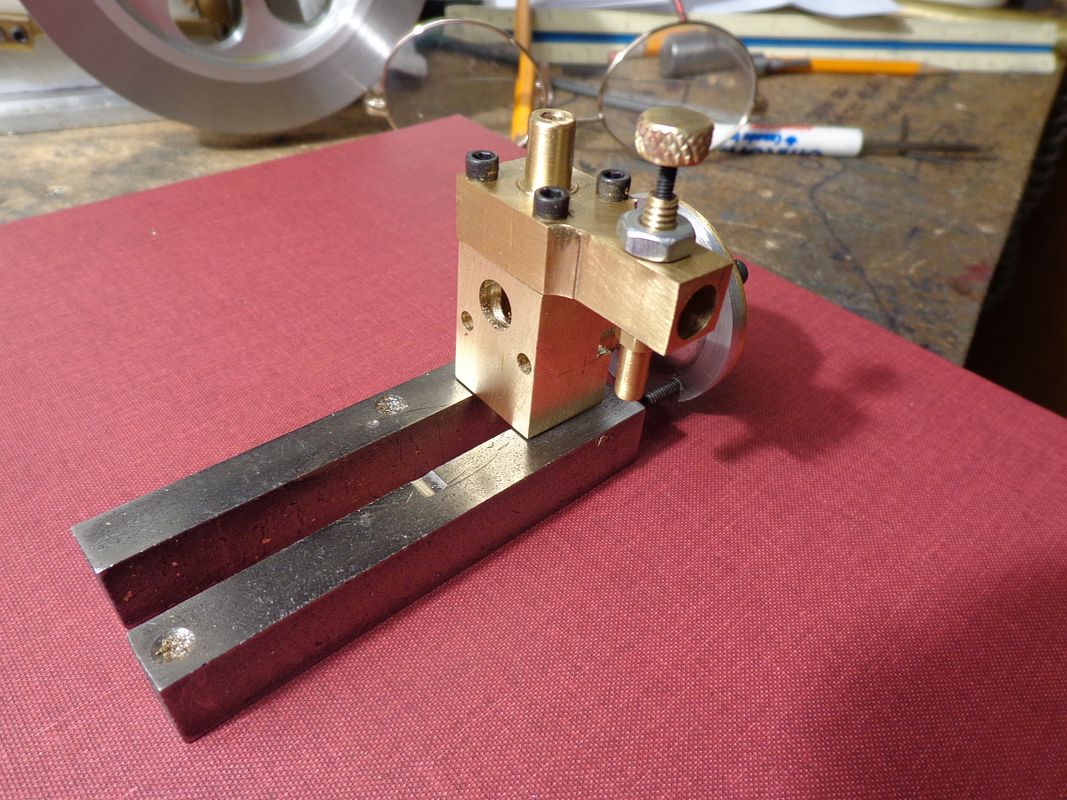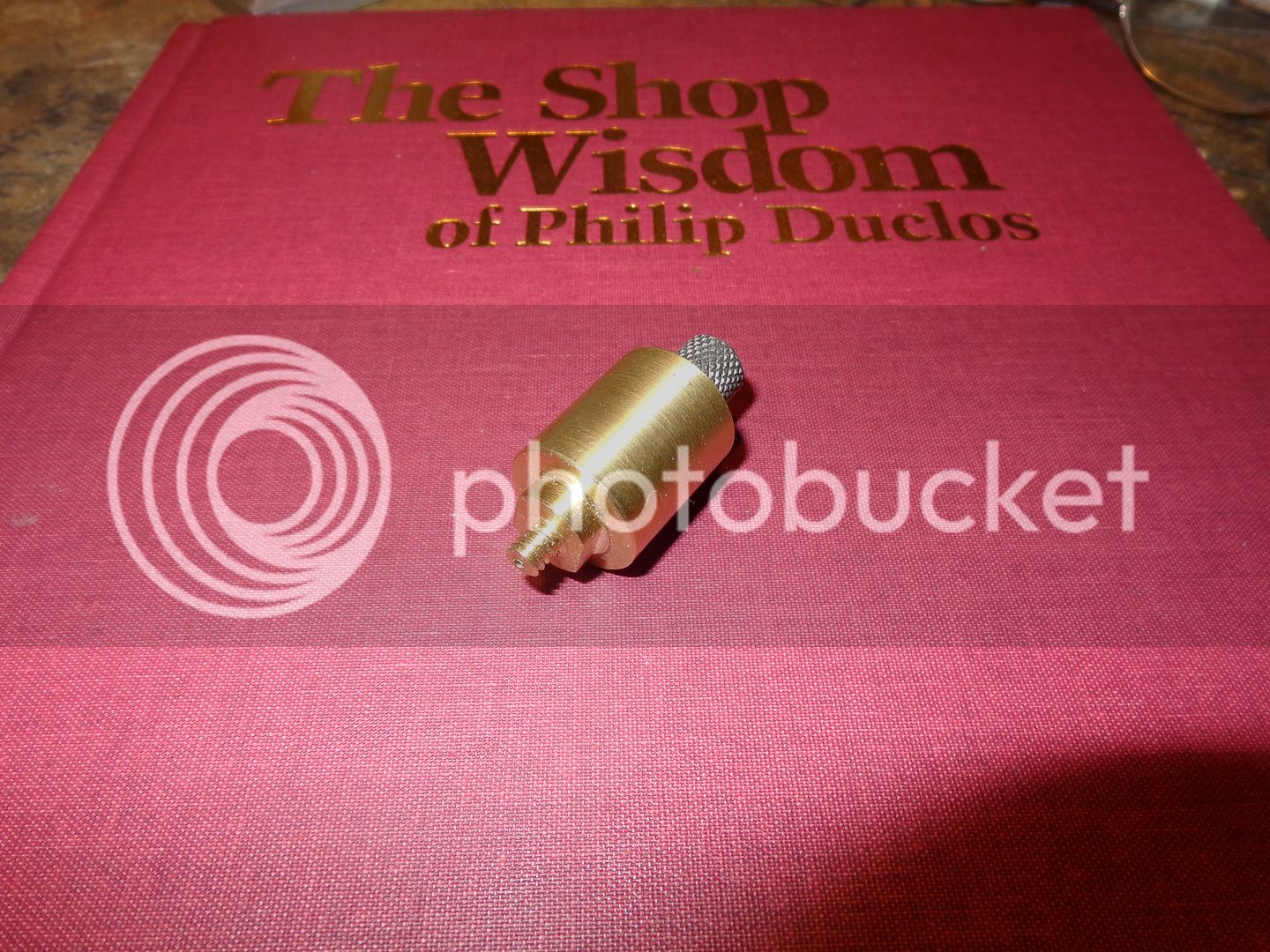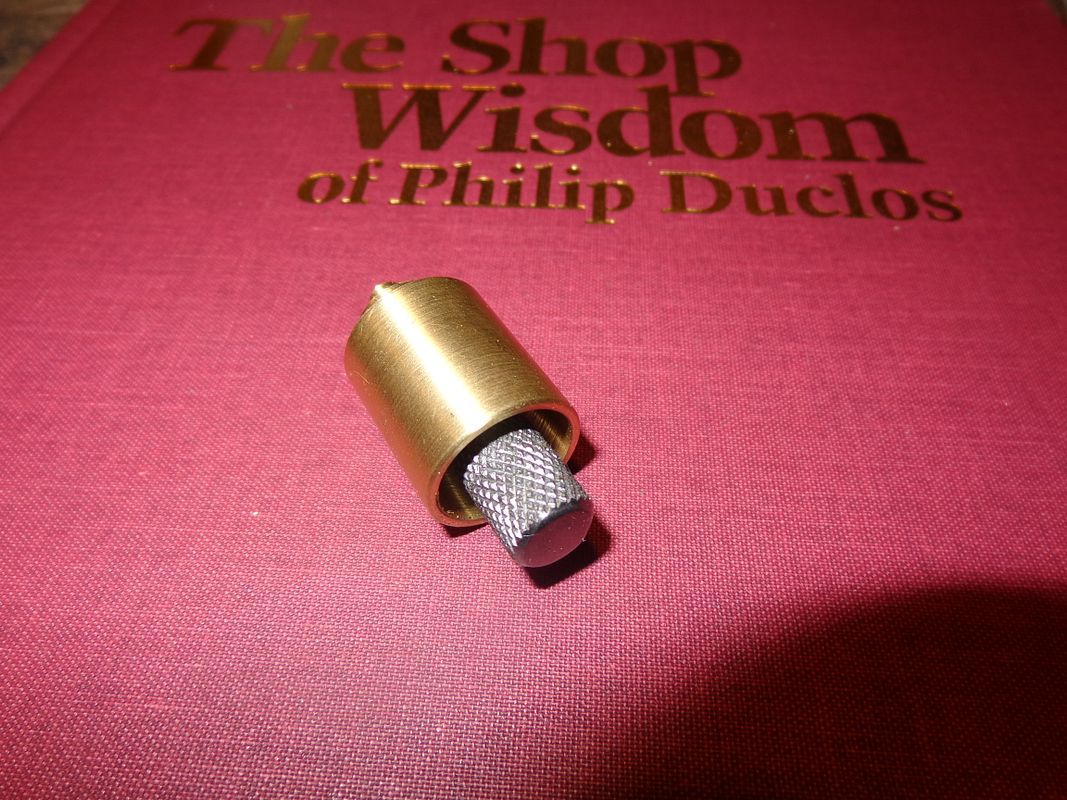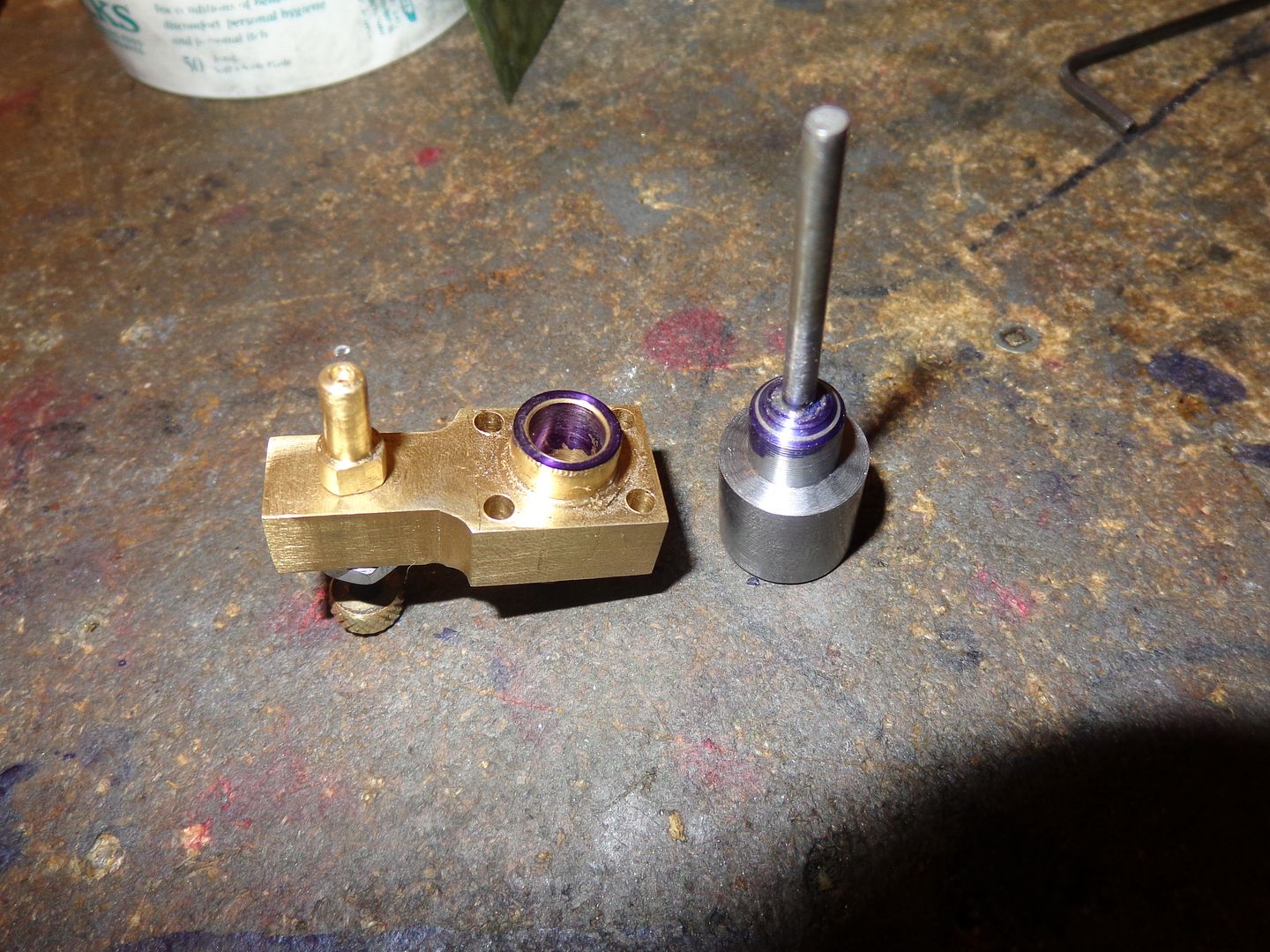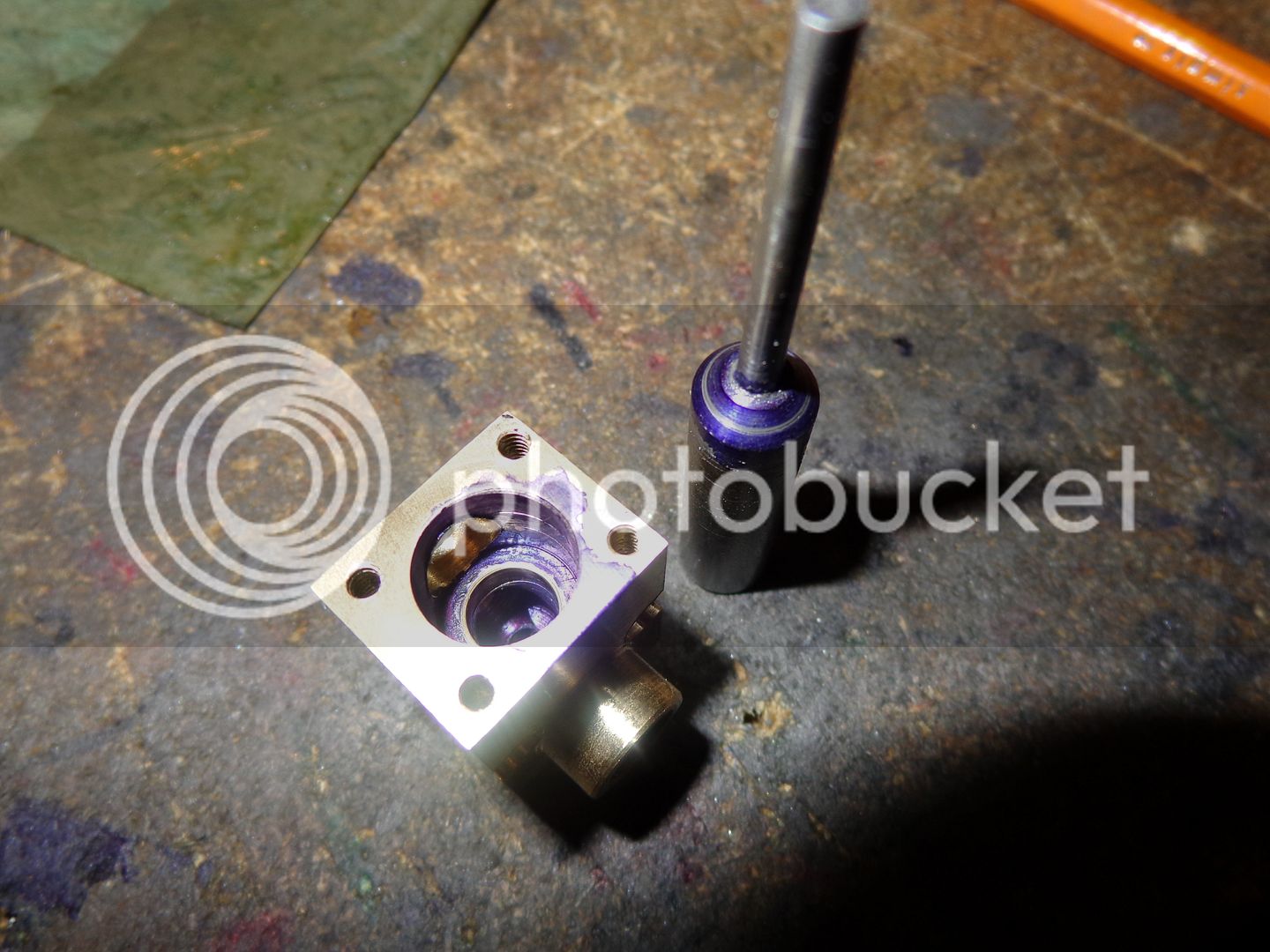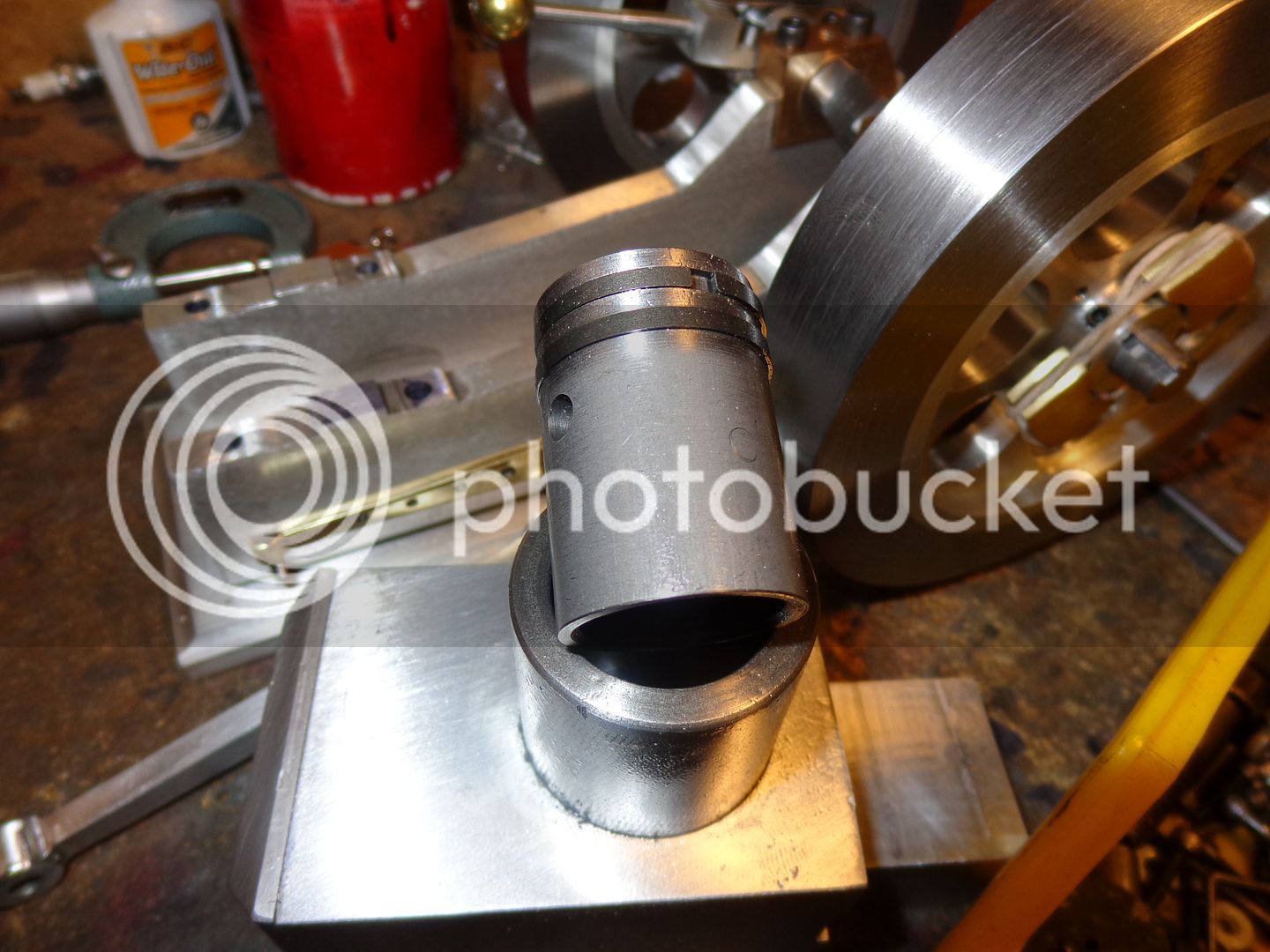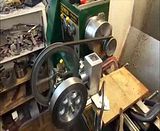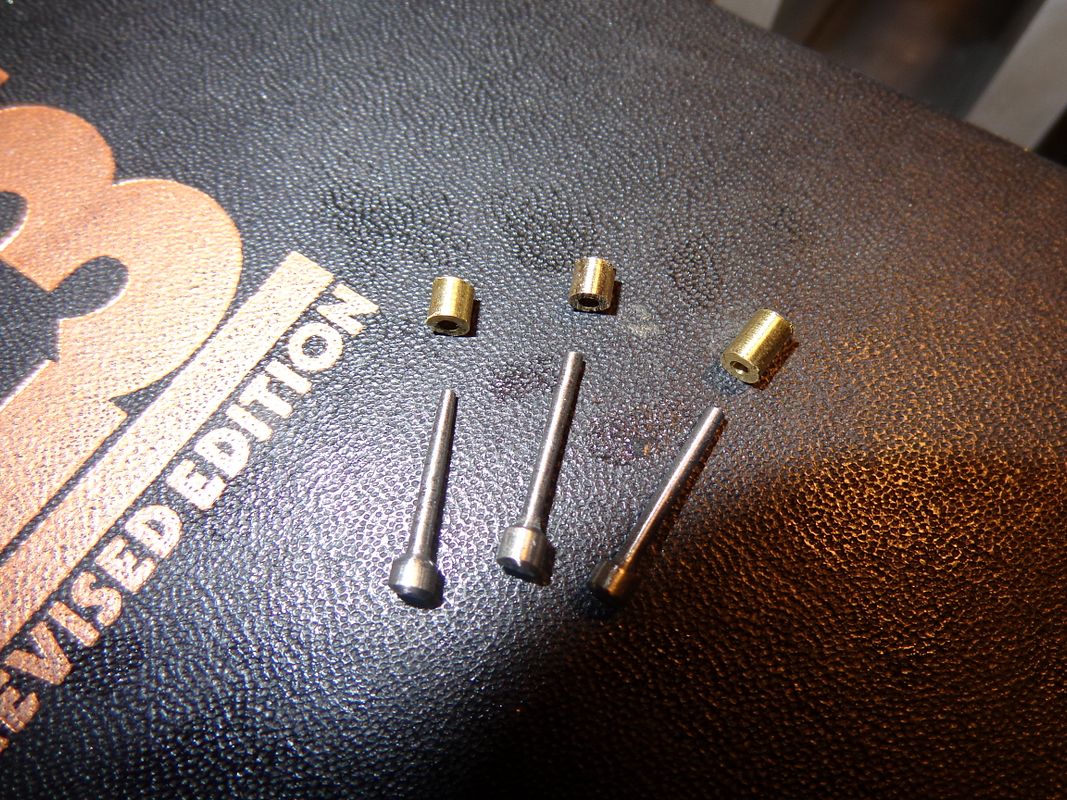The engine is finished!!! It looks great. Oh, the base and a gas tank are still outstanding, but I'm not going to bother with them untill the engine runs. Will it run???????????? Thats the $64,000 question. The compression seems rather anemic, but it will stop when it comes up on compression if you flip it by hand. If (when) I get it to run, I know that the compression will increase dramatically. Thats the way all my other engines have been. I am not going to bore you with the next (trying to get it to run) part. That will be just a lot of hard slogging, tweaking, hoping, cursing---you know the routine. When its up and running, I will post some more, and hopefully, a video. Thanks ever so much for following my thread, for the constructive comments, and for helping out when I needed a bit of technical advice or a bit of encouragement.----Brian

 ...Good luck to you
...Good luck to you




